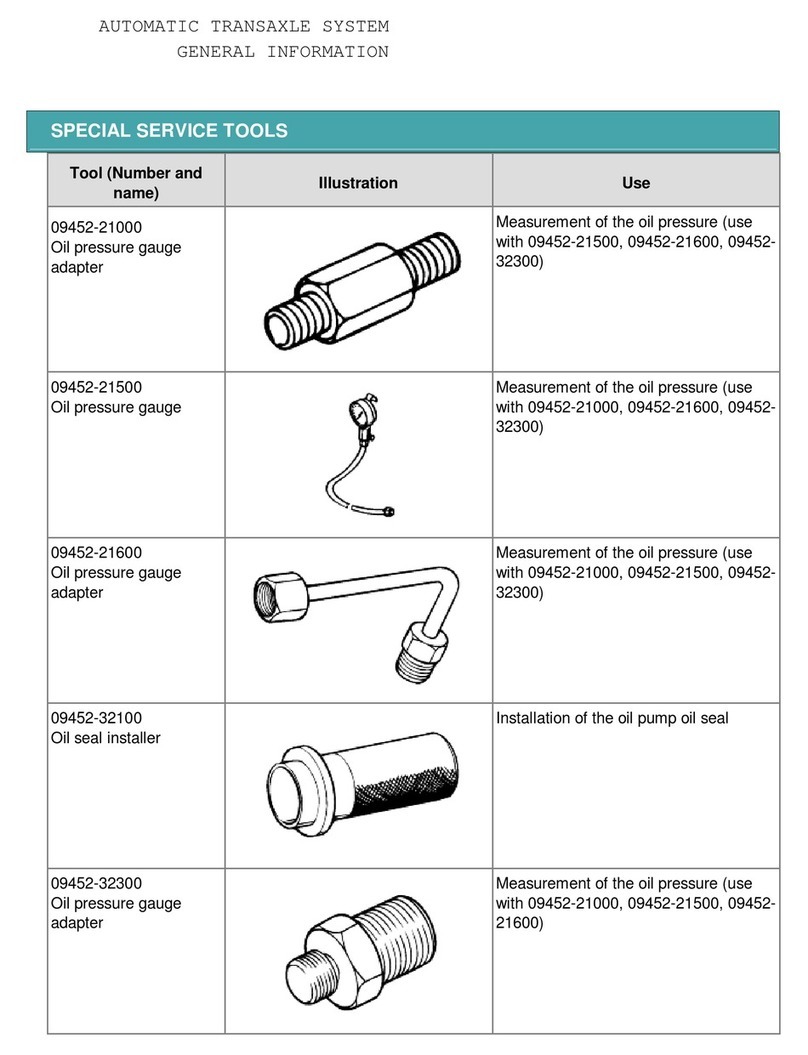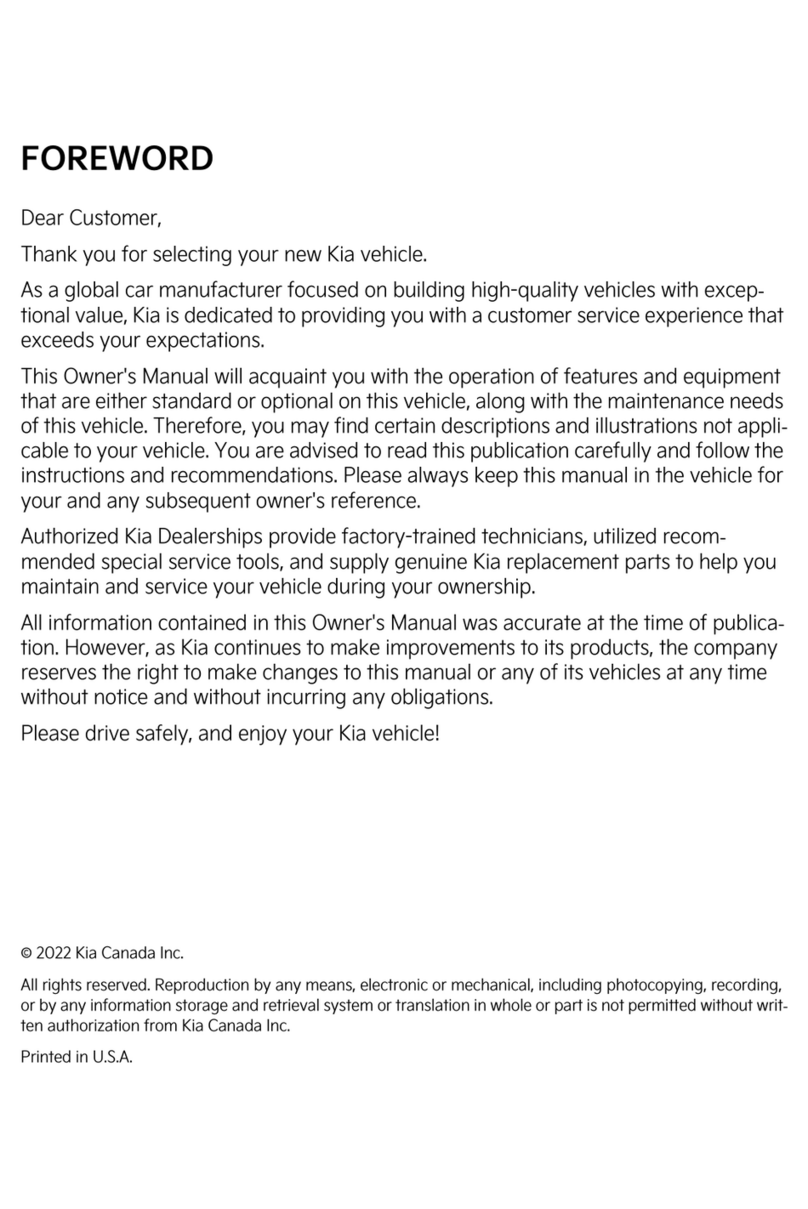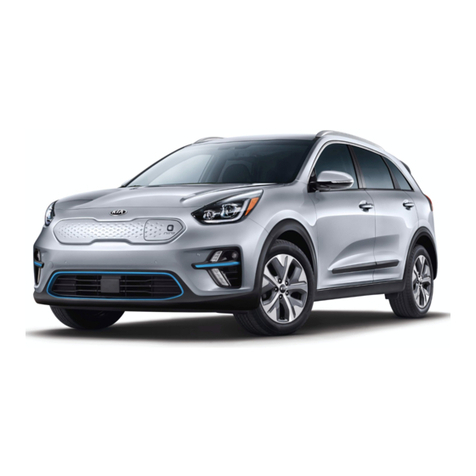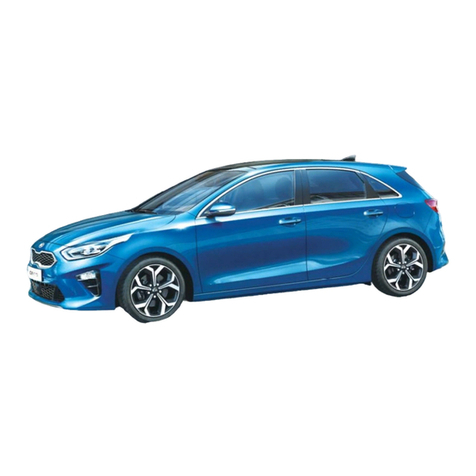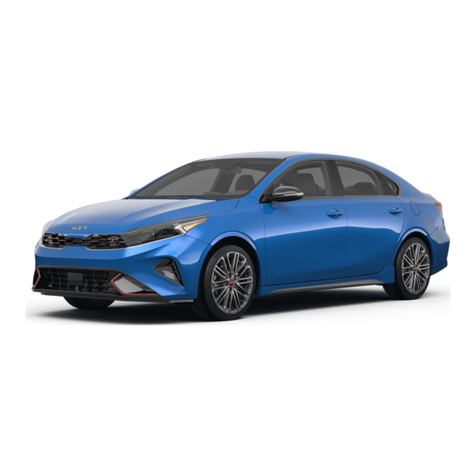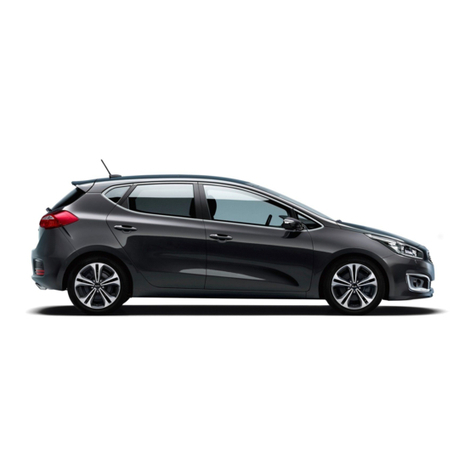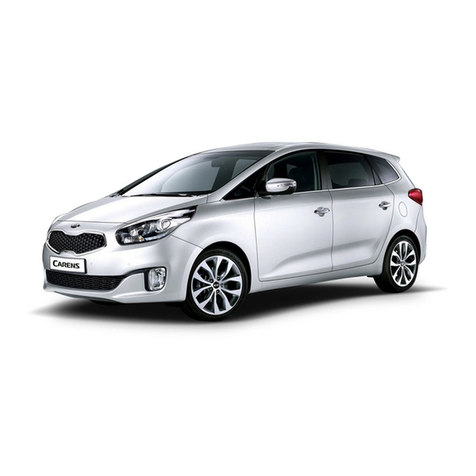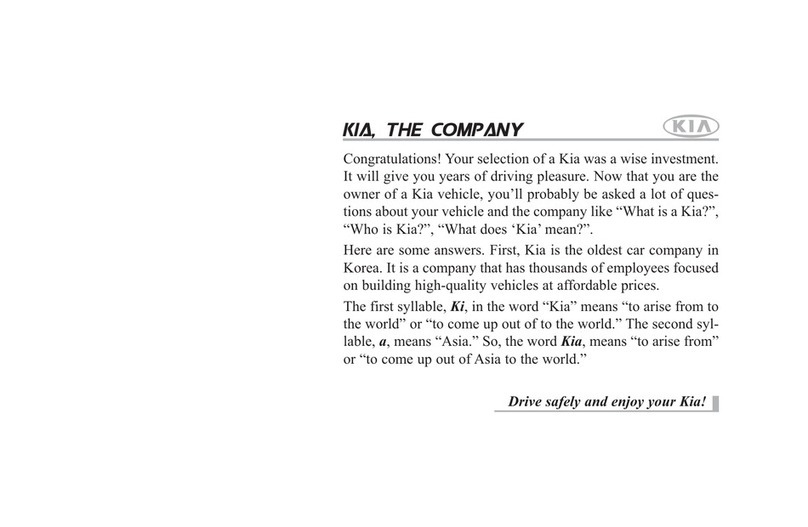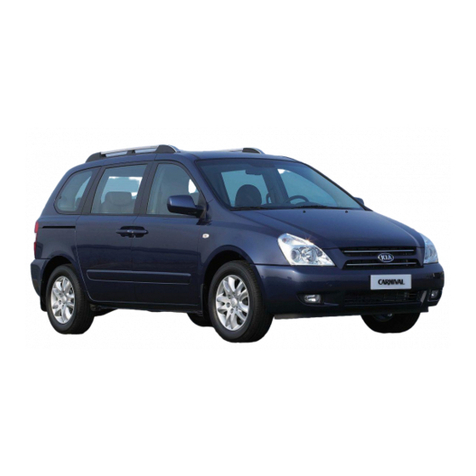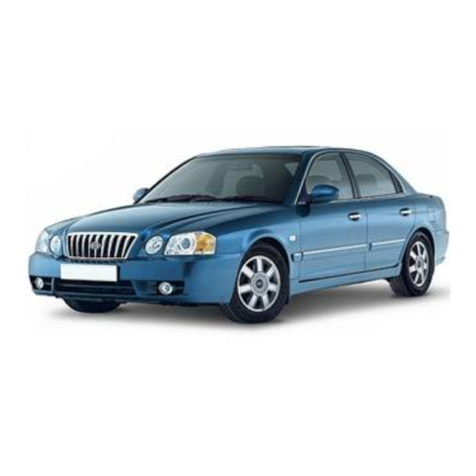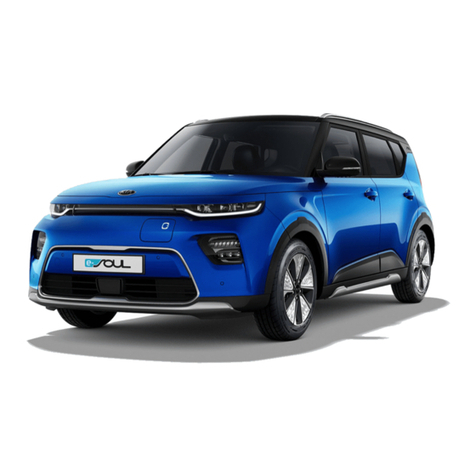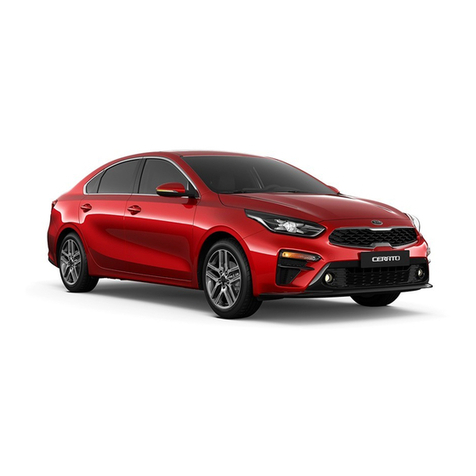HEV (Hybrid Electric Vehicle) system.................................... 1-02
PHEV (Plug-in Electric Vehicle) system.................................1-03
Charging the plug-in hybrid vehicle....................................... 1-04
Charging information............................................................1-04
Charging time........................................................................ 1-04
Charging types.......................................................................1-05
Charging status..................................................................... 1-06
Scheduled charging ..............................................................1-06
Charging precautions............................................................1-06
Normal charge....................................................................... 1-08
Charging status..................................................................... 1-10
Trickle charger....................................................................... 1-12
Driving the hybrid/plug-in hybrid vehicle..............................1-19
Changing plug-in hybrid mode............................................1-19
Warning and indicator lights............................................... 1-19
Energy flow hybrid/plug-in hybrid vehicle............................1-24
Vehicle stop............................................................................ 1-24
EV propulsion......................................................................... 1-24
Power assist.......................................................................... 1-24
Engine only propulsion......................................................... 1-25
Engine generation.................................................................1-25
Regeneration......................................................................... 1-25
Engine brake.......................................................................... 1-26
Power reserve....................................................................... 1-26
Engine generation/regeneration........................................ 1-26
Engine generation/motor drive.......................................... 1-27
Engine brake/regeneration..................................................1-27
Starting the hybrid/plug-in hybrid vehicle (Smart key).....1-28
Starting the hybrid system.................................................1-28
Economical and safe operation of hybrid system...........1-28
Components of the hybrid/plug-in hybrid vehicle...............1-30
Safety plug.............................................................................1-33
Some special features of the hybrid vehicle.................... 1-33
Virtual Engine Sound System (VESS)................................ 1-34
High voltage battery air intake...........................................1-34
If an accident occurs.............................................................1-34
When the hybrid vehicle shuts off.....................................1-36
Hybrid system overview
1
